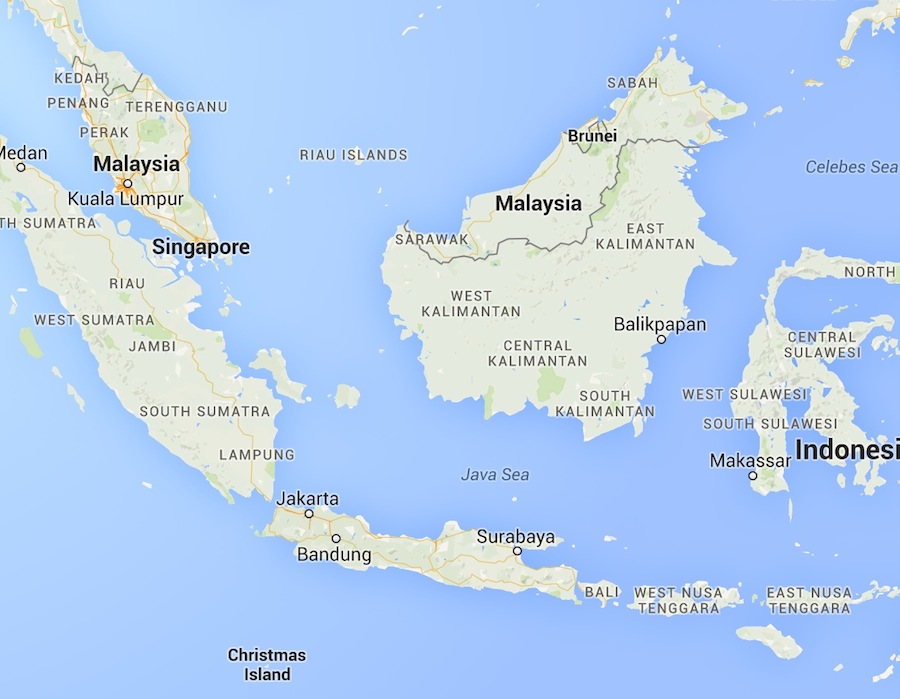What Black Box Data Will Tell Us About the AirAsia Crash

Pieces of an AirAsia jet and the bodies of some of its 162 passengers were recovered today (Dec. 30) off the coast of Borneo, snuffing out hopes that the missing plane had somehow made a miracle landing and that survivors might be found.
Life vests, aircraft debris and a small blue suitcase were among the items that the search and rescue team found floating in the Java Sea. But Indonesian authorities are still working to recover a key piece of the plane that should reveal what caused the mysterious crash: the black box.
"Recovering victims is [the] highest priority, but they'll have enough search and rescue team members to simultaneously search for the cockpit voice recorder and flight data recorder," Bob Francis, a board member of the Flight Safety Foundation, told Live Science. "They send out signals that last for two weeks and they should be pretty easy to pick up."
AirAsia Flight 8501 lost contact with air traffic controllers Sunday (Dec. 28), about 40 minutes into a two-hour flight from Surabaya, Indonesia, to Singapore. Experts say that it is unlikely that bad weather alone brought the plane down, but they won't know for sure what caused the crash until the plane's data recorders are recovered. [5 Real Hazards of Air Travel]
Two data recorders make up the plane's black box (which is actually bright orange), and the data can later be used to determine what went wrong in the case of a plane crash, like that of Flight 8501. One recorder, the flight data recorder, keeps track of hundreds of measurements, including engine temperature and vertical and horizontal speed. The cockpit recorder logs conversations between the pilots and any noises coming from the cockpit.
"Those two boxes tell you an awful lot about what went on," Francis said.
The debris and recovered bodies have given search and rescue team members an idea of the plane's likely location. Responders can't rely on GPS technology to lead them to a crashed plane, however. Once a plane starts dropping out of the sky, the conditions are too extreme for GPS signals to be broadcast. Instead, recovery teams have to rely on low-tech methods like helicopter flyovers, with spotters peering down at the choppy, fog-covered water and eye-witness accounts from fishermen who saw the plane go down.
Sign up for the Live Science daily newsletter now
Get the world’s most fascinating discoveries delivered straight to your inbox.
Once a rough location is pinned down, it's easier to home in on the "pings" that the plane's black box sends out after a crash. But the lack of reliable plane-tracking systems, Francis said, is the "ultimate soft spot" in commercial flight.
"There's no real requirement to equip aircraft with the capability of being interrogated or reporting its position every 15 minutes or so," Francis said. "The previous, still-lost aircraft (Malaysian Airlines Flight 370) is the worst case. The industry is not being very responsive."
Francis said airline companies have whined a lot about the potential costs of outfitting each plane with an updated GPS system. But that amount "pales in significance to the amount of money being spent to find the previous aircraft went down in [the] southern Indian Ocean," Francis said.
It's still somewhat unclear if GPS technology would actually save lives, and for now it seems that investing more money into making planes safer should be airline companies' top priority, TIME.com reported.
Follow Kelly Dickerson on Twitter. Follow us @livescience, Facebook & Google+. Original article on Live Science.










